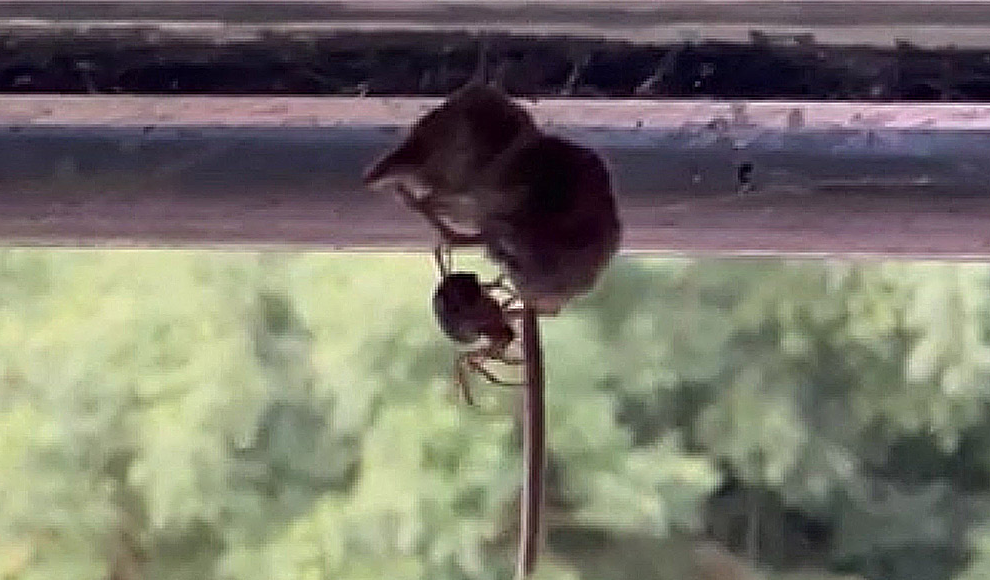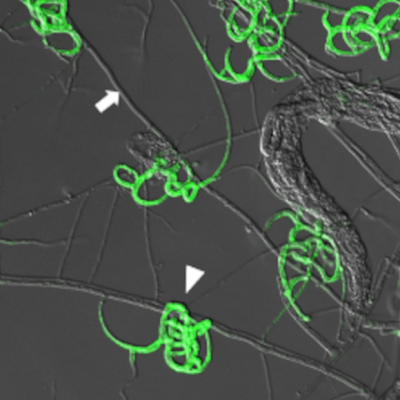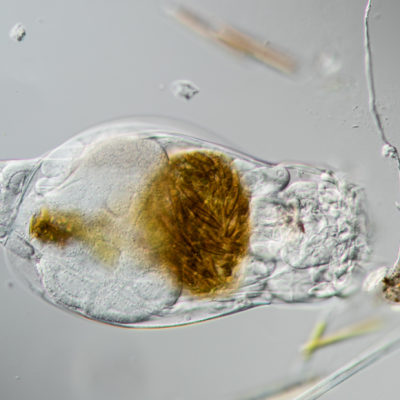The Noble False Widow spider, an invasive species from the Canary Islands, has been found to be capable of killing small vertebrates such as pygmy shrews with its potent neurotoxin. This observation highlights the significant threat posed to native ecosystems by introduced animal species. At least 39 of the 132 known spider families are known to hunt small vertebrates, using a potent neurotoxin to kill frogs, fish, and even smaller snakes. Researchers from the National University of Ireland have recently discovered that the Noble False Widow spider (Steatoda nobilis), an invasive species from the Canary Islands, also preys on vertebrates in Europe. It has been documented that the Noble False Widow spider feeds on lizards and pygmy bats. Biologists from the National University of Ireland, led by Dr. John P. Dunbar, have now observed that the Noble False Widow spider, which is about one centimeter in size, also kills pygmy shrews.
According to their publication in the journal Ecosphere, co-author Dawn Sturgess made the observation on August 4, 2022, at a bedroom window in Chichester, southern England. Initially, the mouse was still alive and moving slightly in the Noble False Widow spider’s web. Shortly thereafter, the neurotoxin caused the mouse to become paralyzed. When the shrew was completely motionless, the Noble False Widow spider began to hoist it up like a pulley and wrap it in silk. The spider then fed on the killed vertebrate for about three days before dropping the drained shrew. “This observation once again shows that the Noble False Widow spider is perfectly adapted to prey on large animals by combining a potent toxin, extremely strong silk, and complex hunting behavior,” says the researchers. According to the biologists, the Noble False Widow spider’s potent paralyzing toxin is not only dangerous to lizards, bats, and shrews but also to humans. Alpha-latrotoxin, the neurotoxin, can lead to hospitalization.
Due to multiple observations, the researchers classify the Noble False Widow spider as a habitual vertebrate hunter. As a result, it poses a significant threat to native small vertebrate species and highlights the high risk that invasive animal species pose to native ecosystems.










